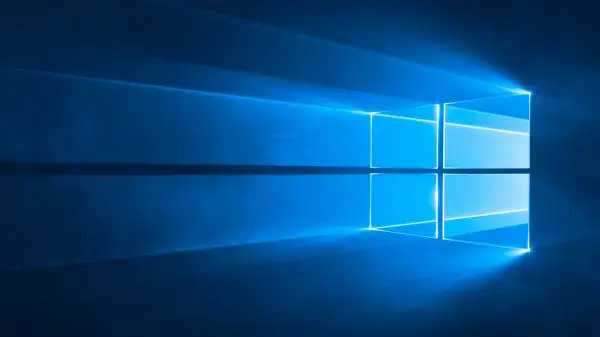Is your PC’s hard drive full? No problem! We show you how to find large files, get rid of data clutter, and free up space.
Sooner or later the time has come: Windows reports that the system hard drive is almost full. Especially the extremely fast, but usually rather small SSDs tend to reach their capacity limits sooner rather than later. Now it’s time to act and clean up the hard drive! You can get rid of the data garbage that has accumulated over the years with Windows tools or specialized free programs. Finding large files that you may no longer even have on screen is another approach to freeing up disk space. We’ll show you how to do it.
Clean up hard disk with Windows tools
The first step in clearing out the hard drive is Uninstall programs and games that you no longer need. If you haven’t started a program in years, there’s little reason to keep it on disk. You can get rid of unused programs with just a few clicks using Windows’ own uninstall function. To do this in Windows 7 and Windows 8, open the Control Panel and click on “ Uninstall a program ” under “ Programs ”. In the current Windows 10, you will find the corresponding function in the settings under “ Apps & Features ”. Otherwise, you can also enter ” appwiz.cpl ” under Windows 11 via [Windows]+[R] and install programs here manually.
In this menu, Windows lists all programs and (from Windows 10) apps from the Microsoft Store. You can sort the list according to the time of installation or the occupied hard disk space to identify large programs more easily. To uninstall a program, highlight it, click Uninstall, and follow the prompts.
In addition to uninstalling programs, Windows offers Disk Cleanup, a practical tool that you can use to locate and delete temporary data that is no longer needed. You start the program by typing “disk cleanup” in the start menu. On the start page, Disk Cleanup already offers a few file categories that you can clean from the disk by ticking the box.
It gets more interesting by clicking on the ” Clean up system files ” button. The program now carries out a second analysis and then lists a few more points. Entries such as ” Temporary Windows installation files ” or ” Previous Windows versions ” are particularly interesting. The former is Windows update installation files, which the system temporarily keeps on disk – you can safely delete them. The “previous Windows versions”, on the other hand, are larger version updates that the system creates when changing from Windows 7 to Windows 10 or after installing the six-monthly Windows 10 upgrades. If you have no ambitions to restore the previous installation, you can safely delete the files and free up a few gigabytes of space. Simply mark the relevant entries and click “OK” to delete the data.
Clear out Windows with special tools
Disk Cleanup only takes care of junk data that Windows itself produces. Since browsers such as Chrome or Firefox in particular, but also programs such as Microsoft Office or Adobe tools, generate a lot of temporary data, it is worth checking them out as well. The classic for this purpose is the free version of CCleaner. The tool finds and cleans temporary files not only from Windows itself but also from a whole range of applications. Once launched, in the Cleaner section under the Windows and Applications tabs“ Easily choose what you want CCleaner to clean up. The pre-selection is usually already in order. If you want to free up even more space, just take a look at the options that CCleaner offers you.
The CCleaner is a veteran when it comes to Windows cleaning, but it has recently caused some negative headlines. The open-source program BleachBit provides a good alternative. This is not quite as elegant as the original but offers similar functionality. Once started, select items you want BleachBit to examine from the list on the left; Help texts in the right window area support you. With a click on ” Preview ” the program searches for files to be deleted, which you can then get rid of with ” Clean up “.
When using cleaners such as CCleaner or BleachBit, note that you will also lose some convenience functions, depending on your selection. For example, both tools clean the browser cookies from Chrome, Firefox, and Co. After cleaning, you have to log in to the online portals you are using again. There is also other software for PC cleaning – here you will find an overview.
Another note: cleaning the Windows registry, which both programs offer you, is not recommended on modern systems. In practice, you will not notice any speed advantage from the registry cleaners. In the best case, you won’t notice any difference after cleaning, in the worst case, the interventions in the registry database cause problems in everyday Windows life.
Find large folders and files
Over time, more and more files and folders inevitably end up on the hard drive – many of which you may not even have on screen. The free WinDirStat helps you track down large files and giant, space-consuming folders on your PC that aren’t caught by automatic cleaners like CCleaner. Then you can decide whether you want to keep the corresponding files, delete them or move them to another hard drive. Here’s how to do it:
